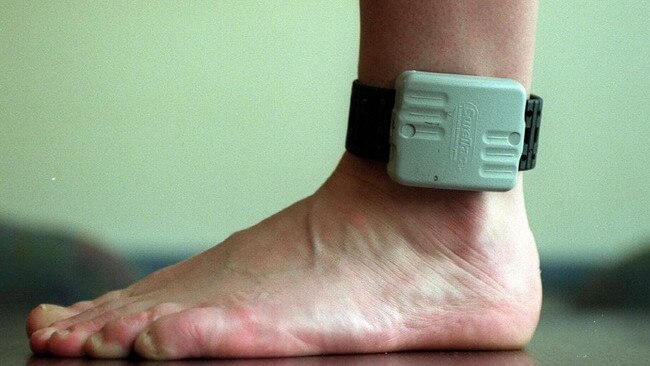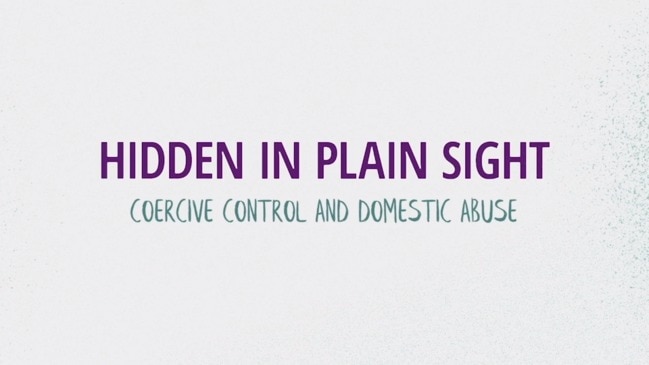Correctional Services Department study reveals GPS tracking of domestic abusers on bail slashes rate of reoffending
Does electronic monitoring of alleged offenders out on bail really improve their behaviour? A new SA study has the proof.

Police & Courts
Don't miss out on the headlines from Police & Courts. Followed categories will be added to My News.
Tracking violent abusers with GPS-enabled ankle bracelets dramatically reduces the likelihood they will hurt their victims again – or harm others, a landmark study shows.
Real-time monitoring of alleged offenders released on bail also means those who do break the law or breach bail conditions are more likely to face consequences because there is electronic evidence.
The findings of a first of its kind study by the state’s Correctional Services Department have prompted calls for more widespread use of electronic monitoring, but authorities say it remains a decision for the courts.
Between January 2017 and November 2018, corrections staff and academics tracked the movements of 394 men who had been released on bail after being charged with domestic violence crimes, such as assaulting their partner or flouting a protection order.
Half the men (197) were monitored 24/7 via GPS-enabled ankle bracelets.
Among that group, 27 committed another offence, including 16 who were charged with a domestic violence offence.
Among those who were not electronically monitored 64 men reoffended, including 44 charged with domestic violence offences – or a 163 per cent increase.

Men being electronically monitored were also more likely to attend court appearances and engage with rehabilitation services.
Department offender management executive director Darian Shephard-Bayley said the federally-funded study showed real-time monitoring could “provide a circuit-breaker in these situations and protect victims”.
“When (authorities) have information around breaches they follow it up. We have clear evidence. There’s a consequence straight away. That means offenders take those court conditions seriously,” he said.
“That also prevents a (breach) situation from escalating to a new offence. And that can only make victims safer ... and more confident in the process.”
Arman Abrahimzadeh, whose mother Zahra was murdered in 2010 by her estranged husband, said the study “speaks for itself” and authorities should “definitely” consider making electronic monitoring the default option.
“The evidence shows it is effective and that gives people faith that the system is doing the right thing and victims will be safer,” he said.
“You’re sending the message that you’re holding perpetrators to account.”

The adult children of Graziella Daillér, who was killed by her estranged partner in 2014, also called at the time for domestic abusers who breach court orders to be electronically monitored.
Attorney-General Vickie Chapman said the study “supports the use of GPS-enabled ankle bracelets” but stressed that “each matter is assessed on a case-by-case basis by a Magistrate or Judge to determine the appropriateness and merit of such bail conditions”.
Mr Shephard-Bayley said the decision was made by the courts but there was “no shortage” of “state of the art equipment”.
Opposition spokeswoman Katrine Hildyard said if there were enough devices and “it is shown to deter repeat offending” then “work must be urgently done to increase the use of this technology”.
However, Law Society of SA criminal law committee co-chair Craig Caldicott urged caution, noting people could remain on bail for months or years awaiting a court resolution.
“And you’ve got to be careful about the cost to the community (of 24/7 monitoring),” he said.





